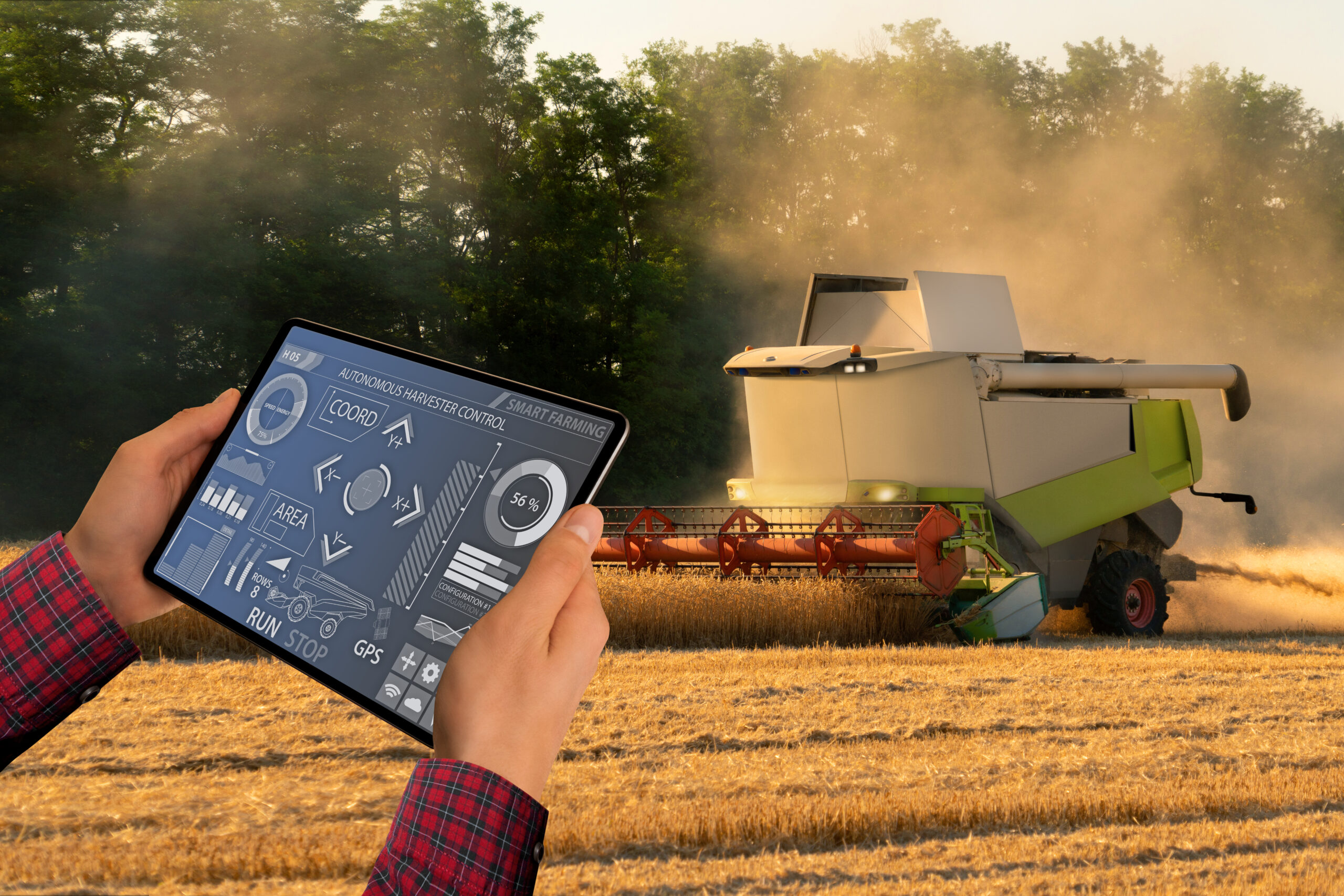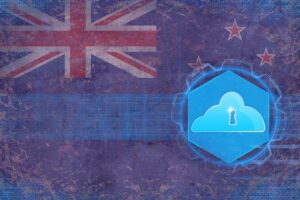With its fertile lands and temperate climate, New Zealand has long relied on agriculture to drive economic growth. Today, Kiwi farmers are embracing the Internet of Things to take their operations to the next level through precision agriculture. Global leaders like Trimble are providing the tools to allow farmers to monitor fields in real-time, enabling data-driven decisions about irrigation, fertilizer application, and more. The results are higher yields, lower costs, and reduced environmental impact. IoT sensors throughout the farm collect information that can be analyzed to determine optimal planting and harvesting times.
By boosting productivity while minimizing resource waste, these technologies are helping secure the future of New Zealand’s agricultural sector. The latest precision agriculture solutions showcase how IoT can address local needs while tackling global challenges.
The Growth of IoT Technology in New Zealand Agriculture
New Zealand’s agricultural sector has embraced IoT technology to enable precision farming. Companies like Trimble have developed IoT solutions that provide real-time data on soil conditions, weather, and crop status, allowing farmers to optimize resource usage.
IoT sensors monitor metrics like soil moisture, pH, and nutrient levels. This data helps farmers determine the ideal times for planting and harvesting, as well as the appropriate amounts of irrigation and fertilizers. Precision application of resources boosts crop yields while reducing waste.
Predictive Analytics
- The data from IoT devices can be analyzed to predict agricultural outputs and trends. Such insights help with planning crop rotations, managing supply chains, and anticipating market demands. Predictive analytics minimizes risks and ensures stability in agricultural production.
Sustainability Gains
- Precision farming powered by IoT fosters sustainability. By applying resources precisely when and where they are needed, farmers can curb pollution from excess fertilizers and reduce water usage. IoT technology also enables tracking the lifecycle of crops to optimize production and distribution, thereby minimizing food waste.
IoT solutions provide valuable data and predictive insights to support New Zealand’s agricultural sector. Precision farming techniques enhance productivity, efficiency, and sustainability, which are crucial for the sector’s growth and competitiveness on a global scale. With widespread IoT adoption, New Zealand’s agriculture industry is poised to gain a strategic advantage through data-driven farming.
1. How IoT Enables Precision Farming in New Zealand
Real-Time Data Collection
- IoT devices such as soil sensors, weather stations, and satellite imagery provide farmers with real-time data on environmental conditions and crop health. This information gives farmers visibility into the current state of their operations and fields. With data on factors like soil moisture, nutrient levels, and leaf wetness, farmers can make informed decisions about irrigation, fertilizer application, and pest and disease control.
Predictive Analytics
- The data from IoT devices also enables predictive analytics using machine learning algorithms. By analyzing historical data, trends can be detected and future outcomes predicted. Farmers can forecast crop yields, determine the optimal times for planting and harvesting, and anticipate potential threats. These predictions help with planning, risk mitigation, and supply chain management.
Precise Interventions
- Armed with real-time data and predictive insights, farmers can take targeted actions. They can apply water, fertilizers, and pesticides only when and where they are needed. This precision application reduces waste and environmental impact while improving crop health and yields. For example, if sensors detect low soil nitrogen in one area of a field, a farmer can dispatch a drone to apply fertilizer to just that specific location.
Sustainable Practices
- By enabling precision farming, IoT technologies promote sustainable agricultural practices. Resources are conserved since they are only used when necessary and in appropriate amounts. The reduced waste also minimizes pollution from agricultural runoff and emissions. Furthermore, with IoT, farmers have the tools and data to implement regenerative farming methods that enrich the soil and make the land more resilient. Overall, IoT is helping transform agriculture in New Zealand into a highly efficient, productive, and eco-friendly sector.
2. Key Benefits of Using IoT for Precision Agriculture

Precision agriculture enabled by IoT offers numerous benefits to farmers and the agricultural industry as a whole.
Enhanced Productivity and Yield
- IoT sensors and data analytics provide farmers with insights into variables such as soil conditions, weather, and crop health. Armed with this information, farmers can make data-driven decisions regarding the optimal use of resources like water, fertilizers, and pesticides. By applying these inputs precisely when and where they are needed, crop yields can be significantly improved. Studies show that precision agriculture can increase crop yields by up to 25% compared to traditional methods.
Optimised Resource Usage
- IoT technology allows farmers to apply resources such as water and fertilizers based on the specific needs of areas within a field. This targeted use of resources minimizes waste and reduces costs. For example, soil moisture sensors can indicate exactly which parts of a field require irrigation, allowing farmers to avoid overwatering areas where the soil retains more moisture. Similarly, variable rate technology can tailor the amount of fertilizer spread to match the nutrient requirements of different parts of a field based on soil testing data.
Improved Sustainability
- By enabling the precision application of resources, IoT promotes sustainable agricultural practices. Minimizing waste of resources such as water and fertilizers is better for the environment. It also reduces pollution from agricultural runoff, which can contaminate waterways and groundwater. In addition, data on variables such as soil health and crop performance helps farmers adopt environmentally friendly techniques such as conservation tillage, cover cropping, and crop rotation. These practices improve soil quality, reduce erosion, and support biodiversity.
Enhanced Supply Chain Efficiency
- The data provided by IoT gives farmers and agricultural businesses greater predictability and visibility across the supply chain. By forecasting crop yields and quality in advance, companies can optimize planning, storage, processing, and distribution. This reduces waste and ensures that crops are harvested and brought to market at the optimal time. Overall, IoT for precision agriculture offers significant benefits both on the farm and beyond the farm gate.
3. Challenges and Limitations of Implementing Agricultural IoT
While IoT has the potential to transform agriculture, there are several challenges to its widescale implementation.
High initial costings.
- Cost is a significant barrier, as IoT technologies and infrastructure can be expensive to deploy. Sensors, antennas, and other hardware need to be purchased and installed across large farms. Broadband internet is required to connect devices and transmit data, which can be difficult to access in rural areas. Ongoing costs include data storage, analytics, and maintenance. For many farmers, the initial capital outlay may be prohibitive without government subsidies or partnerships with tech companies.
Data security and privacy concerns also pose challenges.
- The data collected by IoT devices is highly sensitive, containing information about farm operations, crop yields, and more. If this data were breached or improperly accessed, it could compromise a farm’s competitive advantage or enable cybercrimes like ransomware attacks. Robust cybersecurity measures are needed to protect agricultural data but implementing them requires technical expertise that many farms lack.
Interoperability issues stem from a lack of standards around IoT in agriculture.
- Different companies have developed sensors, software, and other technologies that are often incompatible with one another. For IoT to reach its full potential, common standards are needed so that data and insights can be shared across platforms. The agricultural industry will have to work together with tech companies to establish these standards.
While the challenges are significant, continued innovation is helping to drive down costs, beef up security, and promote interoperability. Government programs supporting digital transformation in agriculture are also helpful. With widespread adoption, IoT can usher in an era of highly efficient, data-driven smart farming, but overcoming these obstacles will require a collaborative effort across the public and private sectors. By addressing limitations thoughtfully and systematically, the agricultural industry can reap the benefits of IoT responsibly and sustainably.
4. The Future of IoT Technology for Precision Farming in New Zealand
Increased Automation
- With advanced IoT systems, many agricultural processes can be automated, reducing labor requirements and increasing efficiency. For example, automated irrigation systems can monitor soil moisture levels and climate data to irrigate crops at optimal times and in precise amounts. Automated equipment like robotic harvesters and weeders can also reduce the need for human intervention in fields. These technologies maximize yields while minimizing costs.
Enhanced Data Collection and Analytics
- Sophisticated sensors placed throughout farms can collect huge amounts of data on soil conditions, crop health, microclimate, and more. When analyzed with AI and machine learning, this data provides insights that help farmers make better decisions. Predictive models can forecast the outcomes of different planting, irrigation, or harvesting strategies so farmers can determine the most effective approach. Analytics can also detect patterns that would be difficult for humans to uncover, resulting in improved resource management and risk mitigation.
Increased Product Traceability
- IoT enables the tracking of crops and agricultural products through the entire supply chain using technologies like RFID tags, GPS, and blockchain. This gives consumers information about where and how their food was grown and allows farmers to ensure sustainability, food safety, and transparency. For exporters, traceability is also important for accessing foreign markets that have strict regulations on provenance.
Challenges to Adoption
- While promising, IoT technology brings challenges like high costs, lack of technical skills, and concerns over data privacy and security. Many farmers also worry that increased automation could reduce employment opportunities in the sector. However, when implemented responsibly with proper safeguards and training, IoT is poised to greatly benefit New Zealand’s agricultural industry and economy. With continued innovation, costs will decrease, and precision farming will become accessible to more producers, allowing the country to strengthen its position as a leader in sustainable and tech-driven agriculture.
What’s The Verdict?
Now, we have explored how New Zealand’s agricultural sector is undergoing a technological transformation through the adoption of IoT solutions. Companies like Trimble are empowering farmers with real-time data to optimize operations, boost productivity and enhance sustainability. By embracing precision agriculture enabled by IoT, New Zealand can future-proof a pillar industry while addressing pressing global issues like resource scarcity and climate change. The experiences highlighted demonstrate the tremendous potential, as well as the implementation challenges, for precision agriculture worldwide. With the right strategies and policies, more regions could follow New Zealand’s lead in leveraging technology to create a more efficient, resilient, and environmentally friendly agricultural sector.
More Stories
VoLTE Unleashed: GSMA and Samsung Elevate Global Voice Connectivity
GSMA and Samsung Electronics collaboration enhances global voice connectivity through significant technological improvements. Specifically, Samsung devices running Android 15 and later will have Voice over LTE (VoLTE) enabled by default.
Quantum Synergy: MicroAlgo’s Hybrid Algorithm Pioneers Efficient Multi-Query Optimization
MicroAlgo Inc. stands at the forefront with its innovative hybrid algorithm designed to revolutionize Multi-Query Optimization (MQO). By harmonizing the strengths of classical and quantum computing, this breakthrough addresses the intricate challenges of simultaneously processing multiple queries, an essential function in fields such as database management and machine learning.
Orbiting Opportunity: Myriota and Spire Global Elevate IoT Connectivity with 16 New Satellites
Myriota, known for its low-cost, long-battery-life satellite IoT solutions, enhances its global network. It does so in partnership with Spire Global, a leader in satellite infrastructure.
Apple’s Indian Gambit: Navigating the Complexities of Supply Chain Diversification
Apple’s strategic shift towards India for iPhone production offers a compelling case study in supply chain diversification. The tech giant’s ambitious plan to relocate all U.S.-bound iPhone assembly to India by 2026 represents a significant pivot in its manufacturing strategy.
Amazon’s Kuiper Satellites Take Flight, Challenging Starlink’s Dominance
Amazon’s Project Kuiper has taken a significant leap forward with the launch of its first 27 satellites, marking the beginning of a $10 billion venture poised to challenge the dominance of SpaceX’s Starlink.
Samsung SmartThings Evolves: AI-Powered Automation and Ambient Sensing Redefine the Smart Home Experience
Samsung SmartThings redefines your connected living experience. With the introduction of AI-powered automation and ambient sensing capabilities, SmartThings is elevating home management to unprecedented levels of sophistication and convenience.


